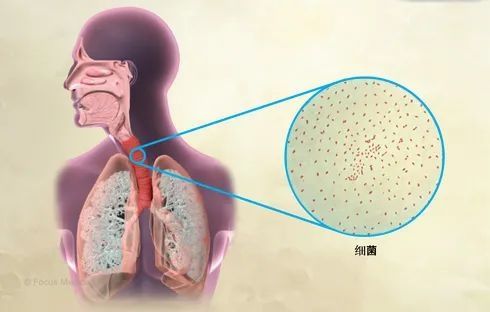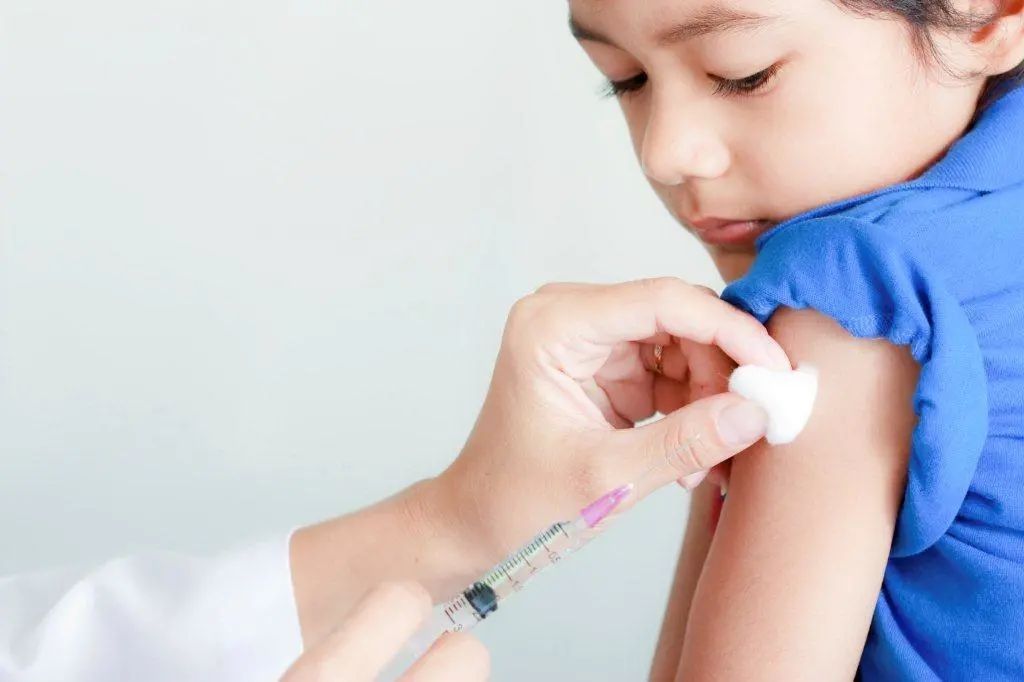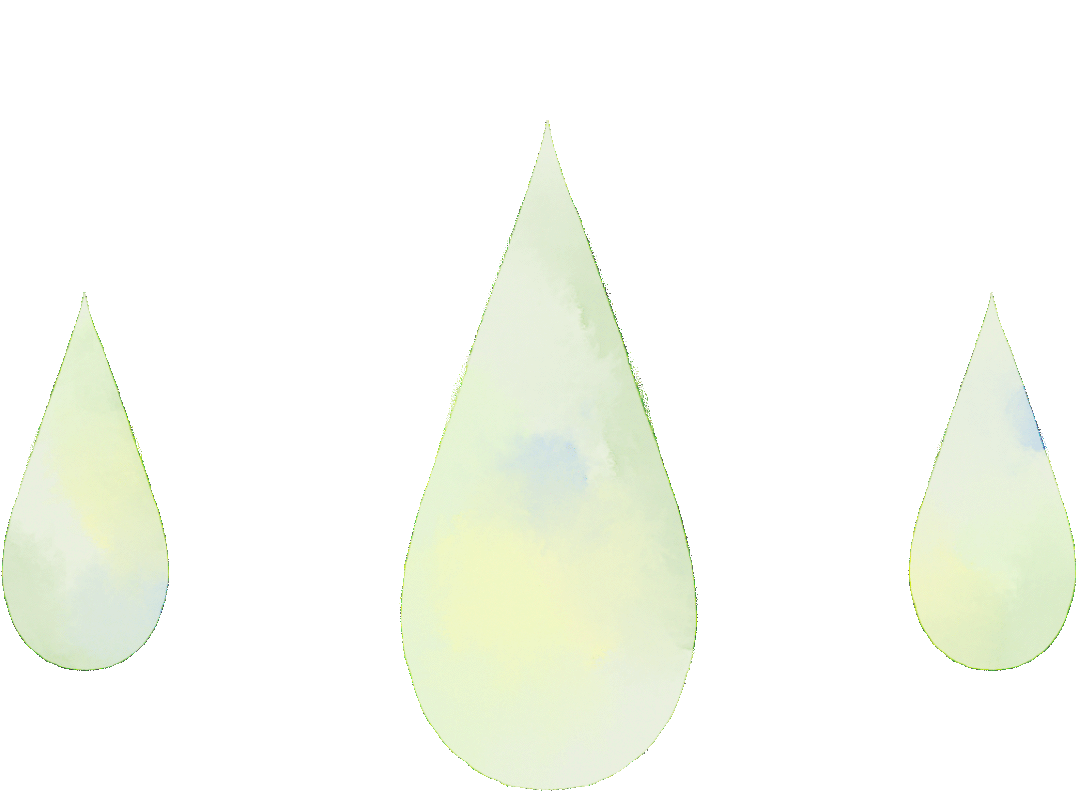
Pertussis is caused by Bacillus pertussis It is a highly contagious acute respiratory infectious disease with paroxysmal spasmodic cough and crowing-like echo as the main clinical manifestations. Whooping cough can be effectively prevented by vaccination with a pertussis-containing component. Since the DTP vaccine was included in the childhood immunization program, the morbidity and mortality of pertussis have decreased significantly, and because of the availability of effective antibacterial drugs, typical cases of pertussis have been relatively rare and gradually ignored by clinicians. However, in recent years, pertussis case reports have increased. Mastering the following common sense can help young parents better understand and prevent it.
1

< section>
How is pertussis spread?
Pertussis is mainly spread by respiratory droplets . When coughing, talking, and sneezing, the secretions are dispersed in the air to form aerosols, which can be spread by inhalation, so family transmission is more common, and indirect infection is less likely.

2

What are the sources of infection?
Pertussis patients, latent infections and carriers can become sources of infection. The patient is contagious within 4 weeks of the onset of cough symptoms, and is most contagious in the first 2 weeks of the catarrh phase and the coughing period, and the infectious period can be as long as 6 weeks. It is generally distributed, and it can also cause epidemics in nurseries, kindergartens and other units.
3

< /section>
Who is prone to whooping cough?
The population is generally susceptible to pertussis, Children under the age of 5 are most susceptible. Because the mother lacks enough protective antibodies to pass on to the fetus, infants under 6 months who are not fully vaccinated with pertussis-containing vaccines have a higher morbidity rate, and newborns can also get sick.

4

Which vaccines are available Prevent whooping cough?
①Acellular pertussis DPT vaccine (free, commonly known as “triple vaccine”): 3 doses of basic immunization at 3, 4, and 5 months old, and 1 booster dose at 18-24 months old.
②DTP type b influenza Haemophilus vaccine (at own expense, commonly known as “quadruple vaccine”): 3 doses of basic immunization at 3, 4, and 5 months old, and 1 booster dose at 18-24 months old.
③DTP inactivated polio and Haemophilus influenzae type b vaccine (at your own expense, commonly known as “five vaccines”): 3 doses of basic immunization at 2, 3, and 4 months, and 1 boost at 18 months.

5

What should I do if I have pertussis?
If you have pertussis, you must go to a regular Medical institutions conduct treatment and isolate respiratory tracts. Accompanying personnel should wear medical surgical masks; pay attention to maintaining indoor ventilation, and disinfect sputum and oral and nasal secretions; protect other infants and young children in the family and avoid contact with infection The source of the disease should be vaccinated with pertussis vaccine; close contacts should be observed for at least 3 weeks, and if there are prodromal symptoms, they should be treated as soon as possible.
6

< /section>
What are the complications?
The most common complication is bronchial Pneumonia, severe cases can be complicated by atelectasis, emphysema and subcutaneous emphysema, pertussis encephalopathy, etc. These complications are rare in recent years due to the improvement of the diagnostic level and the application of antibiotics. Infants under the age of 1, especially those under 3 months, suffer from pertussis, and the prognosis is particularly poor for those with severe complications such as pertussis encephalopathy and bronchopneumonia.


< /section>
Contributed by: Huang Caihong
Editor: Yang Xiaoxiong
Reviewed by: Chen Weiqing
